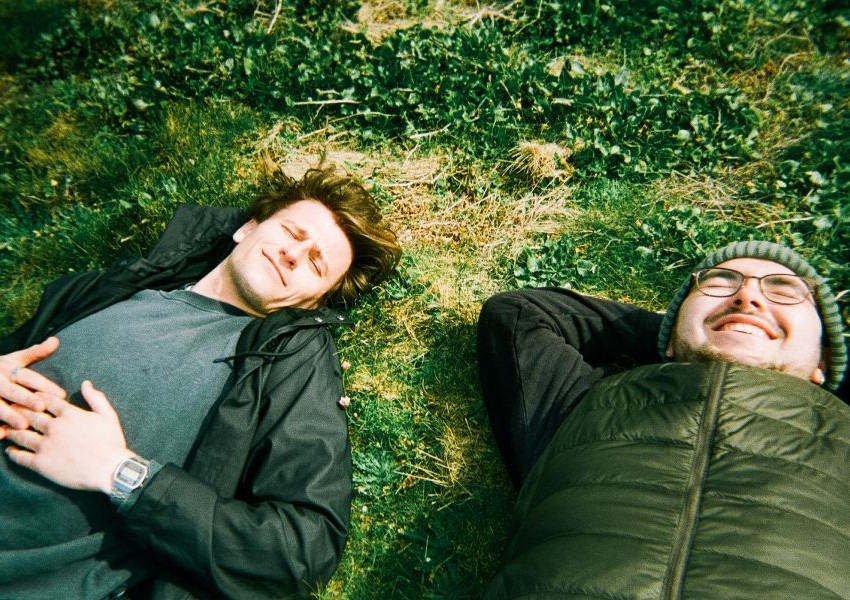

Scalp massage is often promoted as a simple, natural way to boost hair growth. There has been an explosion of massage tools and gadgets marketed with promises of thicker, faster-growing hair.
But beyond being relaxing, is there any truth to these claims? To answer that, we need to look at what the research actually shows.
Only a small number of studies have examined whether scalp massage can genuinely influence hair growth, and the results so far are mixed.
One of the most cited studies is a 2016 trial that followed nine men over 24 weeks. Each participant massaged one side of their scalp for four minutes a day, while the other side was left untouched to act as a control. At the end of the study, the massaged side showed a significant increase in hair thickness. The growth rate itself did not change, and interestingly, the total hair count actually decreased.
However, it is important to remember that this study involved only nine men, and none of them were dealing with hair loss. That makes it difficult to know whether the findings apply to people with thinning hair or androgenetic alopecia.
The other leg of the same trial did an in vitro study on human derma papilla cells (key cells within the hair follicle). They stretched the cells for 72 hours to test the hypothesis that mechanical forces exerted on the cells might stimulate growth. The idea stemmed from the fact that many tissues in the body respond to mechanical stress: bones adapt to load, and blood vessels respond to the pressure of flowing blood. They hypothesized that applying similar mechanical forces to the scalp might stimulate a response in hair follicle cells.
They were right – the 72 hours of stretching changed the gene expression of the cells more than two-fold compared to control cells. 2655 genes were upregulated and 2823 were downregulated. Some of the genes upregulated were hair-cycle related, and some downregulated were related to hair loss. Although this doesn’t prove that scalp massage causes new hair growth, it does indicate that mechanical stimulation can influence cellular behaviour in ways that might support hair health.
A larger piece of evidence comes from a 2019 survey published in the Journal of Dermatology and Therapy. This study collected responses from 340 people who had purchased an online tutorial teaching a standardized scalp-massage method designed for androgenetic alopecia. The technique involved pinching, pressing, and stretching the scalp for a total of 20 minutes twice a day. Nearly 69% of respondents reported either stabilisation of their hair loss or visible regrowth.
While this sounds promising, there are several limitations: the results were self-reported, which introduces bias, and many participants were likely using additional hair-loss treatments such as Minoxidil or Finasteride. Without objective measurements or controlled conditions, it’s difficult to know how much of the improvement was due to massage alone.
Plus, we can all agree that most people don’t have 40 minutes per day to spend massaging their scalp.
The current research suggests that scalp massage might influence hair thickness and may alter gene expression in ways that could support the hair cycle. However, the evidence is limited, and the existing studies come with significant caveats, including small sample sizes, self-reporting, and lack of control over other treatments. Based on what we know so far, it’s not possible to say with confidence that scalp massage can increase hair growth rate or reverse hair loss.
That said, scalp massage is generally safe, inexpensive, and may support overall scalp health. If you enjoy it and find it relaxing, it’s a low-risk practice to include in your routine – but it shouldn’t replace evidence-based treatments for hair loss.
If you’re looking for treatment for hair loss, take our free online consultation for personalised recommendations.
All of our blog articles are reviewed for medical accuracy by our Medical Director before publication.
Posted in: All, Hair loss, Men's Hair Care